The future of learning is here
To change the way of learning, teachers can use their responses. Sharing the answers makes it more interactive, rather than just students writing down what teachers say.
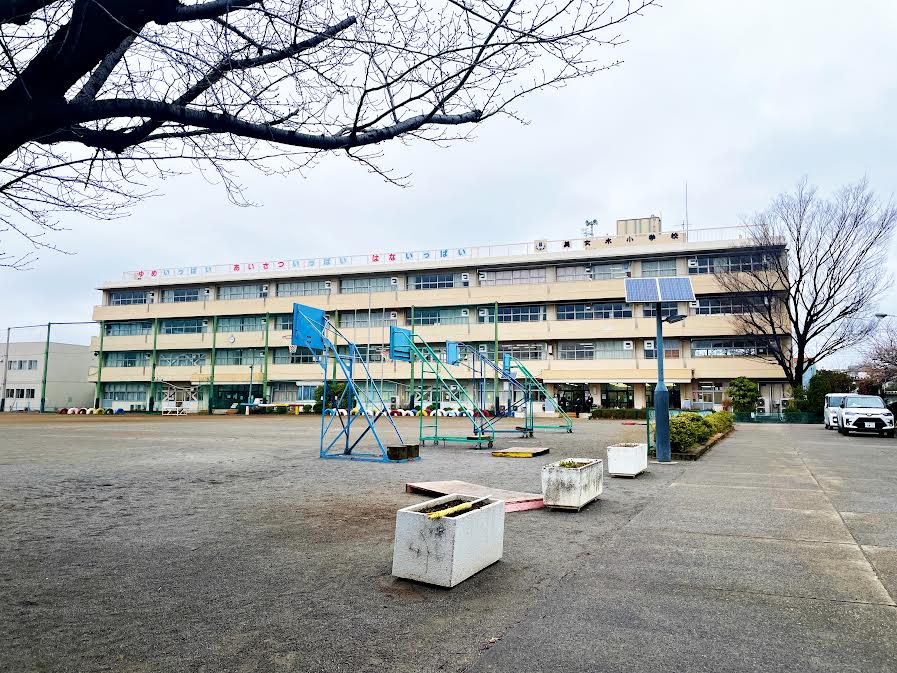
Last week, I had the privilege of visiting schools in Toda City within Japan’s Saitama Prefecture. The visit offered a glimpse into the future of education that would – hopefully – be available for every single child. Joining a panel of educators from various prefectures across Japan, my friend Haruki Kurihara who works with UNICEF asked if I could tag along and explore the innovative approaches to learning in the city’s public schools.
Toda City's schools are renowned for their forward-thinking methods, particularly in embracing modern technology to enhance the learning experience. Initiatives promoting mental health and well-being are also at the forefront, with dedicated spaces like Palette Rooms in elementary and Refresh Counseling Rooms in middle school providing support for students navigating the challenges of adolescence.
Just a 30-minute train ride from Ikebukuro, we found ourselves in Sasame Middle School. Listening to the teachers, appreciating their dedication to fostering a collaborative and supportive learning environment was inevitable. “Our focus is on making sure that no one gets left behind,” said principal and former English teacher Hiromi Takada during the briefing.
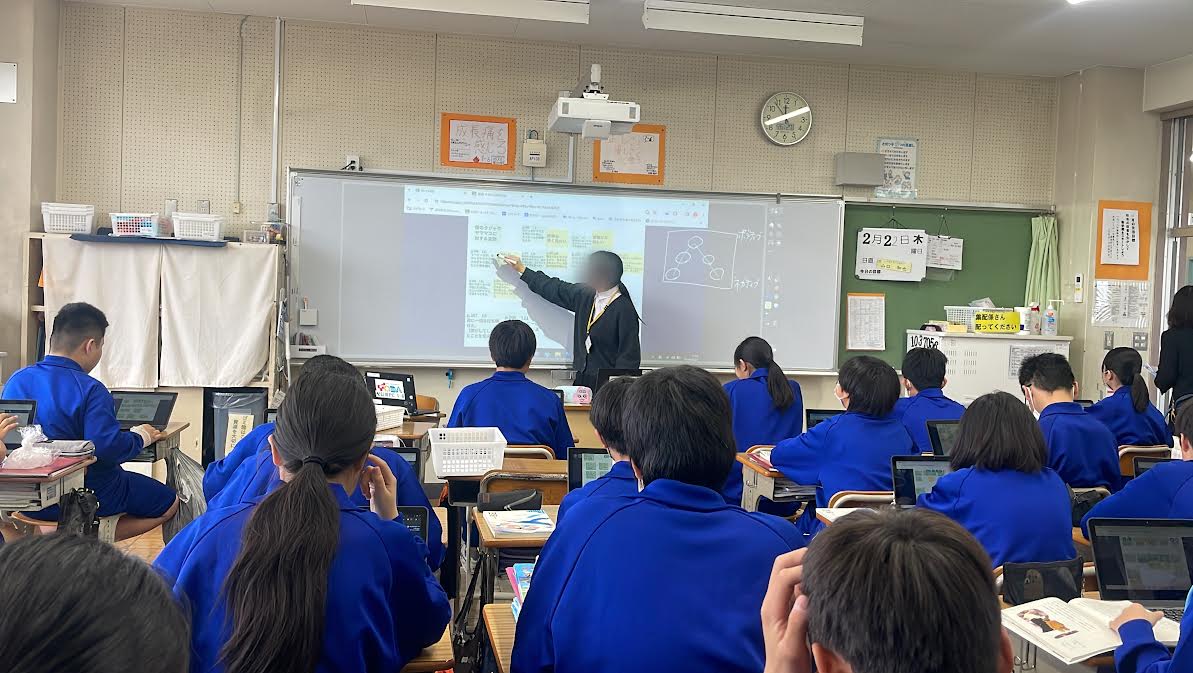
A focus on Information and Communication Technology (ICT) empowers both teachers and students to leverage digital tools for enhanced learning experiences. Each student is equipped with a laptop and educators teach on electronic board, facilitating interactive lessons and collaborative learning. The whole classroom is connected to the same network, allowing access to interactive tools for class discussion.
During a classroom visit, students engaged in a history and social sciences lesson. The teacher presented a caricature featuring three men representing different countries fishing together. Students were prompted to input three words describing the image into a computer program. The answers appeared on the board in real-time, categorized for everyone to see. “To change the way of learning, teachers can use their responses. Sharing the answers, make it more interactive. Rather than just students writing down what teachers say,” said Deputy Superintendent Hirokazu Yokota, a passionate advocate for educational reform.
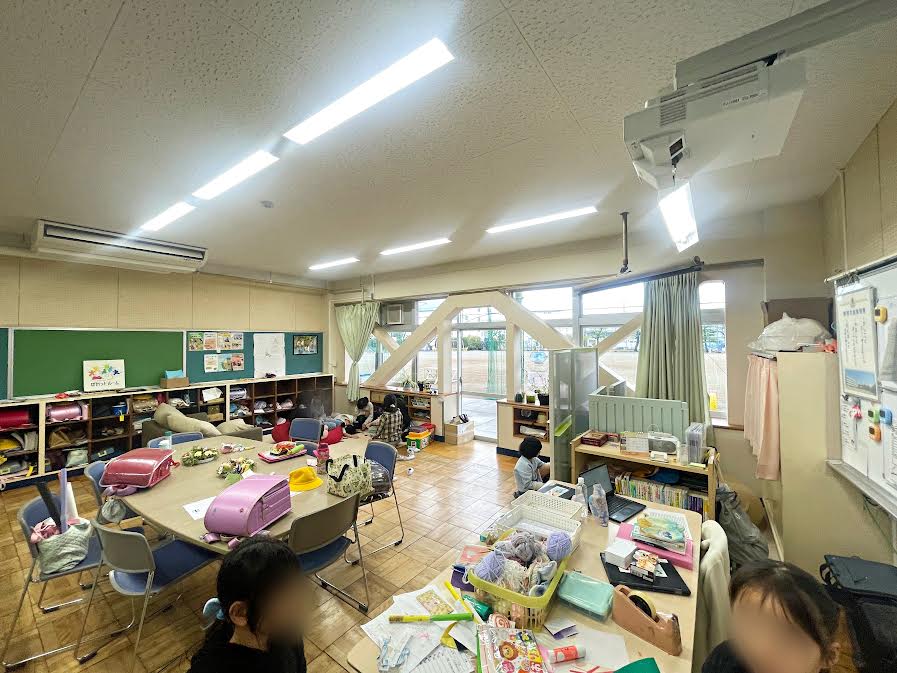
Embracing technology at Sasame Middle School has addressed various challenges, including absenteeism, a prevalent issue in schools globally. Factors such as bullying, personal issues, and difficulty integrating into a classroom, particularly after the pandemic, are often cited as contributing causes to absenteeism. However, the integration of ICT enables remote participation for students, offering a solution until they are ready to join regular classes.
A Holistic Approach
Saitama Prefecture mandated counseling rooms in junior high schools, with Toda City allocating funds for volunteers, supporters, and counselors. The Refresh Counseling Rooms and Palette Rooms in various schools provide a safety net for students who struggle in a traditional classroom setting. Equipped with tables for group or individual work, these rooms allow students to catch up on schoolwork at their own pace. Sasame Junior High also offers a private counseling room where students can speak with a counselor. Teachers noted that regular use of these facilities and regular dialogue with the students helped some of them transition from constant absenteeism to regular class attendance.
A five-minute drive from Sasame Middle School, Bijyogi Elementary School is another educational facility that embodies a spirit of innovation as well as holistic education and care. During our visit, we arrived at lunchtime and were served the same nutritious meal provided to the students: radish and tuna pasta, honey-glazed chicken with a hint of pepper, a salad featuring crunchy string potatoes, and a glass of milk. This carefully curated meal, prepared by a school nutritionist, prioritized the health benefits for the students.
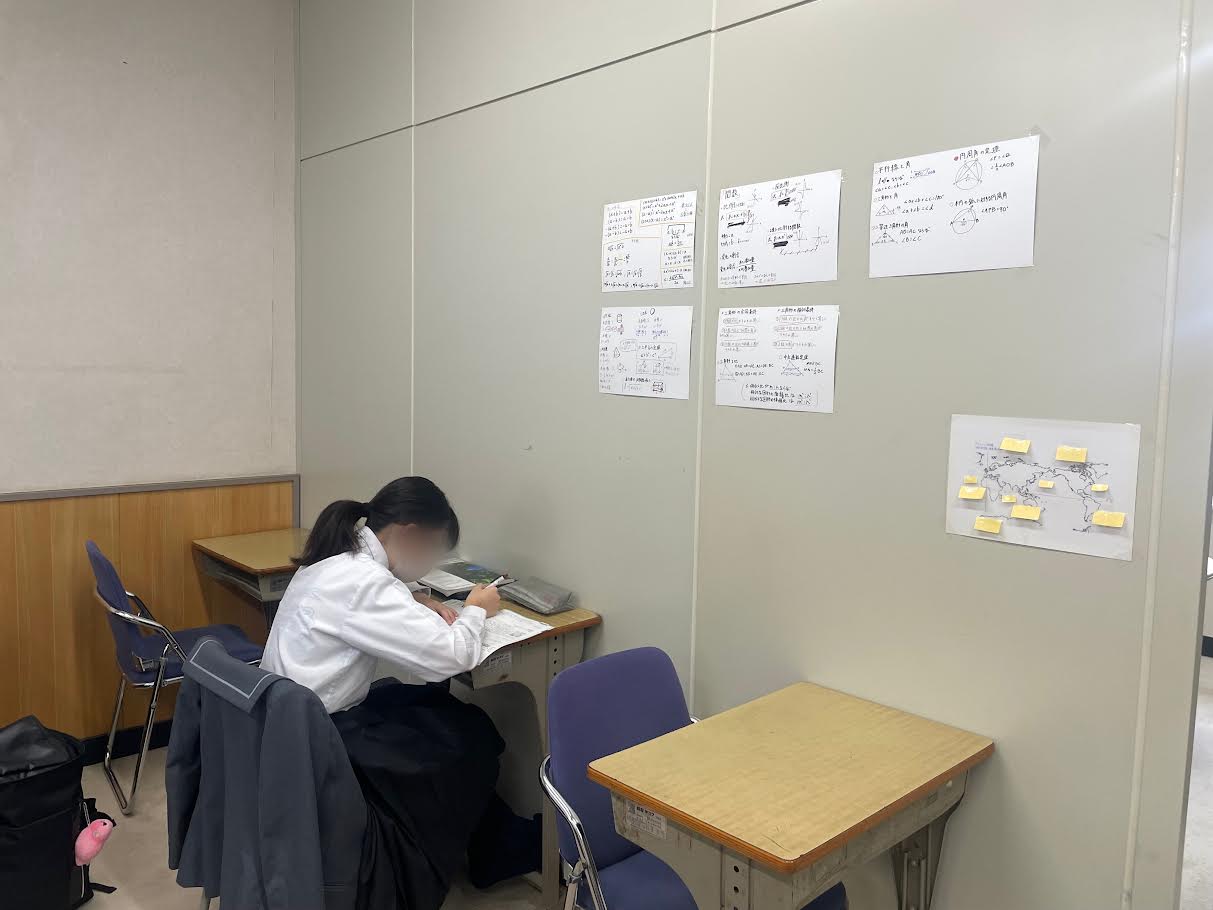
Teachers at Bijyogi Elementary School utilize ICT resources such as online graphic design platform Canva and Padlet to craft engaging lessons and foster connections with students. We visited a classroom of third graders who were having fun while designing projects on their own using Canva, a tool often used by adults in the creative industry. The adoption of a flexible curriculum, along with initiatives like Palette Rooms, ensures inclusivity, even in the face of absenteeism. These rooms offer vibrant environments tailored to younger students, featuring areas for play and creative activities. Notably, one regular visitor is a creatively gifted child with advanced language capabilities. She thrives at her own pace, receiving personalized support until she's prepared to return to regular classes.
Yokota stressed the significance of tackling educational challenges with innovation and community involvement. While Toda City now boasts modern amenities for students, achieving this milestone required perseverance and dedication. Former principal Tsutomu Togasaki spearheaded transformative reforms upon assuming superintendency in 2015. His vision prioritized cultivating skills resistant to automation, fostering collaboration across sectors, and leveraging data for informed decision-making. Yokota acknowledged the inevitable challenges encountered along the way. Overcoming parental concerns regarding screen time and internet usage, as well as persuading educators to step out of their comfort zones, required considerable time and effort.
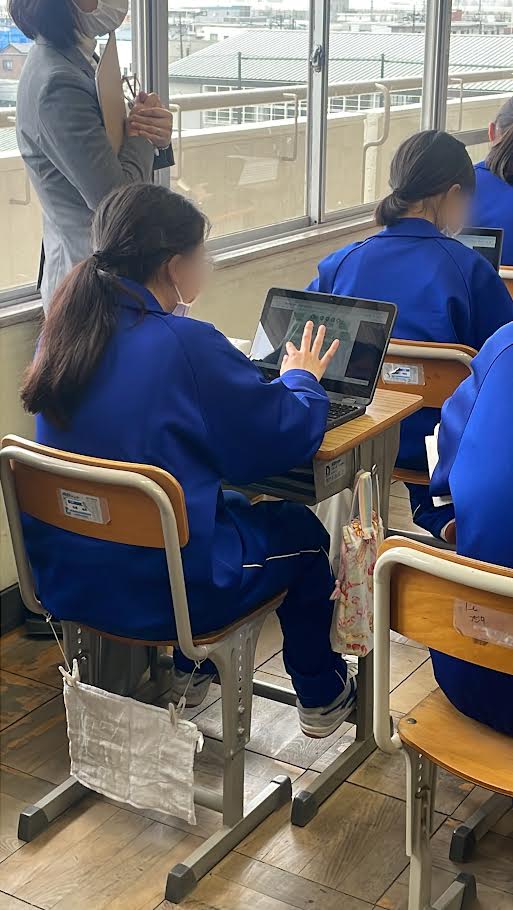
“One thing we want to emphasize is that the laptops and the ICT infrastructure are tools,” Yokota opined. “They aid with the learning, giving students an option in their way of learning.”
During my visit, it became evident that the future of learning extends beyond textbooks and traditional classrooms. Schools in Toda City exemplify this shift by embracing technology, encouraging collaboration, and prioritizing student well-being. Their approach fosters intelligent, confident, and resilient students prepared for the future. Moving forward, it's crucial to innovate and adapt, ensuring that every child can benefit from the transformative power of education, mirroring the success seen in Toda City.